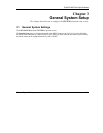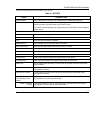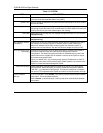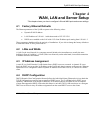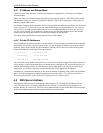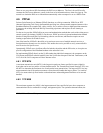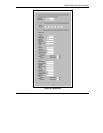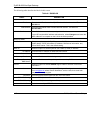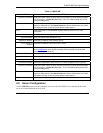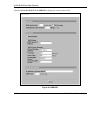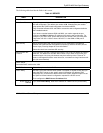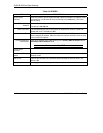
ZyAIR B-4000 Hot Spot Gateway
WAN, LAN and Server Setup 4-3
There are two ways that an ISP disseminates the DNS server addresses. The first is for an ISP to tell a
customer the DNS server addresses, usually in the form of an information sheet, when s/he signs up. The
second is to obtain the DNS server information automatically when a computer is set as a DHCP client.
4.6 PPPoE
Point-to-Point Protocol over Ethernet (PPPoE) functions as a dial-up connection. PPPoE is an IETF
(Internet Engineering Task Force) draft standard specifying how a host personal computer interacts with a
broadband modem (for example DSL, cable, wireless, etc.) to achieve access to high-speed data networks.
It preserves the existing Microsoft Dial-Up Networking experience and requires no new learning or
procedures.
For the service provider, PPPoE offers an access and authentication method that works with existing access
control systems (for instance, RADIUS). For the user, PPPoE provides a login and authentication method
that the existing Microsoft Dial-Up Networking software can activate, and therefore requires no new
learning or procedures for Windows users.
One of the benefits of PPPoE is the ability to let end users access one of multiple network services, a
function known as dynamic service selection. This enables the service provider to easily create and offer
new IP services for specific users.
Operationally, PPPoE saves significant effort for both the subscriber and the ISP/carrier, as it requires no
specific configuration of the broadband modem at the subscriber’s site.
By implementing PPPoE directly on the ZyAIR (rather than individual computers), the computers on the
LAN do not need PPPoE software installed, since the ZyAIR does that part of the task. Furthermore, with
NAT, all of the LAN's computers will have Internet access.
4.6.1 PPP MTU
A maximum transmission unit (MTU) is the largest size packet or frame, specified in octets (eight-bit
bytes) that can be sent in a packet- or frame-based network. The Transmission Control Protocol (TCP) uses
the MTU to determine the maximum size of each packet in any transmission. Too large an MTU size may
mean retransmissions if the packet encounters a router that can't handle that large a packet. Too small an
MTU size means relatively more header overhead and more acknowledgements that have to be sent and
handled.
4.6.2 TCP MSS
The maximum segment size (MSS) is the largest amount of data, specified in bytes, that a computer or
communications device can handle in a single, unfragmented piece. For optimum communications, the



